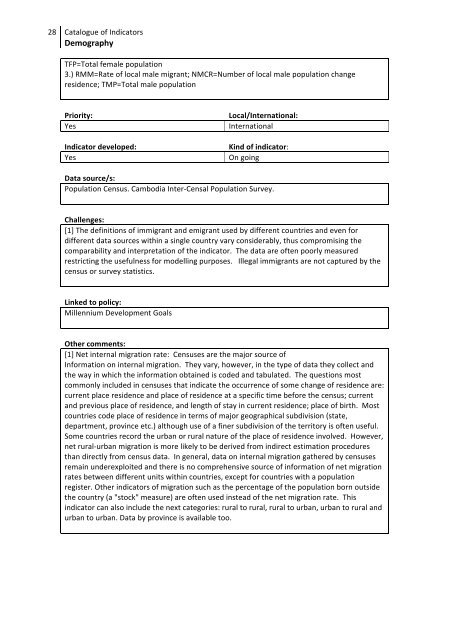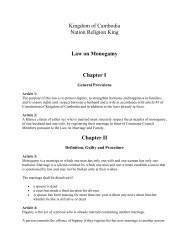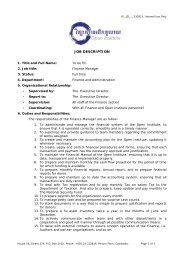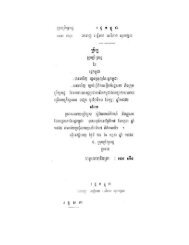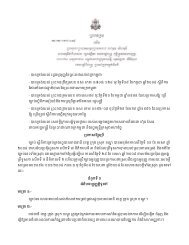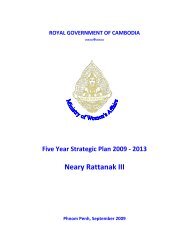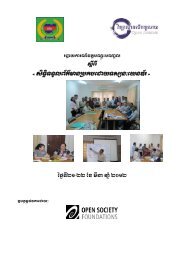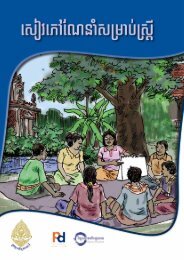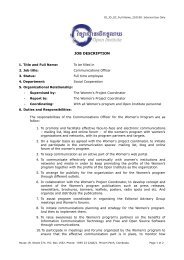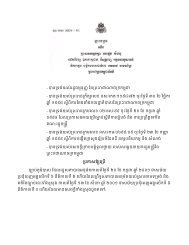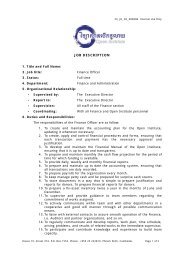Education Education An approach to some basic Indicators for ...
Education Education An approach to some basic Indicators for ...
Education Education An approach to some basic Indicators for ...
Create successful ePaper yourself
Turn your PDF publications into a flip-book with our unique Google optimized e-Paper software.
28 Catalogue of Indica<strong>to</strong>rs Demography TFP=Total female population 3.) RMM=Rate of local male migrant; NMCR=Number of local male population change residence; TMP=Total male population Priority: Yes Indica<strong>to</strong>r developed: Yes Local/International: International Kind of indica<strong>to</strong>r: On going Data source/s: Population Census. Cambodia Inter-‐Censal Population Survey. Challenges: [1] The definitions of immigrant and emigrant used by different countries and even <strong>for</strong> different data sources within a single country vary considerably, thus compromising the comparability and interpretation of the indica<strong>to</strong>r. The data are often poorly measured restricting the usefulness <strong>for</strong> modelling purposes. Illegal immigrants are not captured by the census or survey statistics. Linked <strong>to</strong> policy: Millennium Development Goals Other comments: [1] Net internal migration rate: Censuses are the major source of In<strong>for</strong>mation on internal migration. They vary, however, in the type of data they collect and the way in which the in<strong>for</strong>mation obtained is coded and tabulated. The questions most commonly included in censuses that indicate the occurrence of <strong>some</strong> change of residence are: current place residence and place of residence at a specific time be<strong>for</strong>e the census; current and previous place of residence, and length of stay in current residence; place of birth. Most countries code place of residence in terms of major geographical subdivision (state, department, province etc.) although use of a finer subdivision of the terri<strong>to</strong>ry is often useful. Some countries record the urban or rural nature of the place of residence involved. However, net rural-‐urban migration is more likely <strong>to</strong> be derived from indirect estimation procedures than directly from census data. In general, data on internal migration gathered by censuses remain underexploited and there is no comprehensive source of in<strong>for</strong>mation of net migration rates between different units within countries, except <strong>for</strong> countries with a population register. Other indica<strong>to</strong>rs of migration such as the percentage of the population born outside the country (a "s<strong>to</strong>ck" measure) are often used instead of the net migration rate. This indica<strong>to</strong>r can also include the next categories: rural <strong>to</strong> rural, rural <strong>to</strong> urban, urban <strong>to</strong> rural and urban <strong>to</strong> urban. Data by province is available <strong>to</strong>o.


